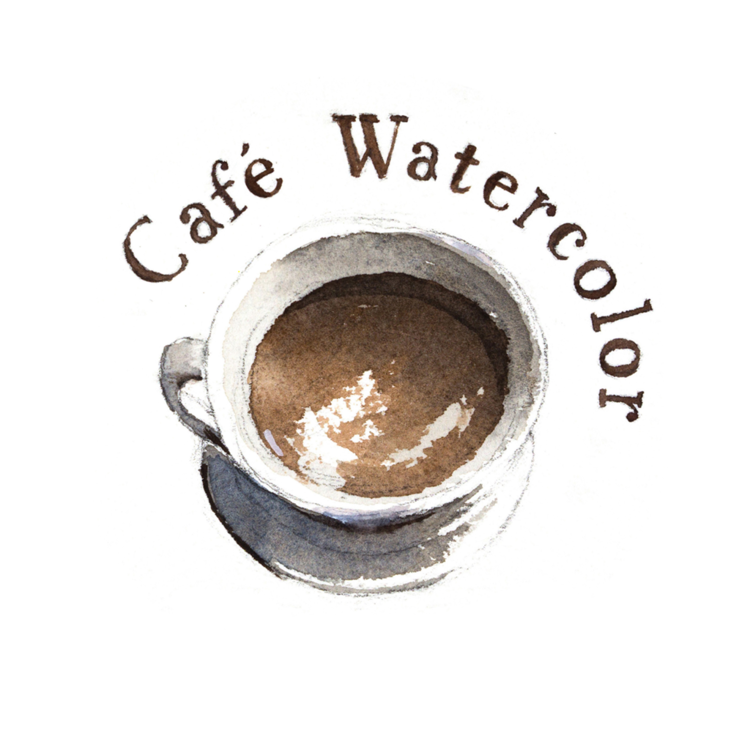Portrait of my wife, Betty 12x16
The past weekend I painted a portrait of my wife. She has been my favorite person to paint since college year. I talked about this last year when I was discussing why I paint what I paint. Since she's someone I see every day, I know very well how she looks. It becomes easier over the years as I paint her over and over again.
After sharing this painting on Wet Canvas, I received some good feedback. Some people particularly mentioned they like how I kept my brush strokes to the minimum. I was really happy with this painting for the same reason. There are prettier paintings of her that I've done, but I love the fact that I was able to finish this painting with fewer, more confident brush strokes. The result is a clean, solid and pleasant looking portrait.
I talked about the idea of think twice and paint once. What makes a master's work extraordinary is how they able to use every brush stroke effectively. In their mind they know clearly where to put down a brush stroke and its destination. They also know exactly what that brush stroke will achieve. I sometime get emails from people asking me how to avoid muddy color. While mixing the wrong colors can result a dirty color, I discovered that muddy colors on paper are often the result of too many brush strokes.
Sometime muddy color can be cause by too many brush strokes.
Because watercolor is transparent in nature, we can often see the layer underneath. The more layers and brush stroke you paint, the more visual information you are creating. And what happen when there are too much information you don't need? They become noise. Moreover, when you starting to have some thick layers of paint, it can starts to dissolve as you adding more water on top. thus creating a muddy, dirty looking painting. Many master watercolor artist rarely clean their palette. They use their dirty palette to make a neutral grey for their first wash. Yet their painting never looks dirty and muddy. I believe that's because of their clean washes, and their minimum yet effective brush strokes.
So next time before you think your palette and paints are the prime suspect of a muddy painting, try keep your brush stroke to minimum and keep your wash clean. You might be surprise how much different can your painting look!
